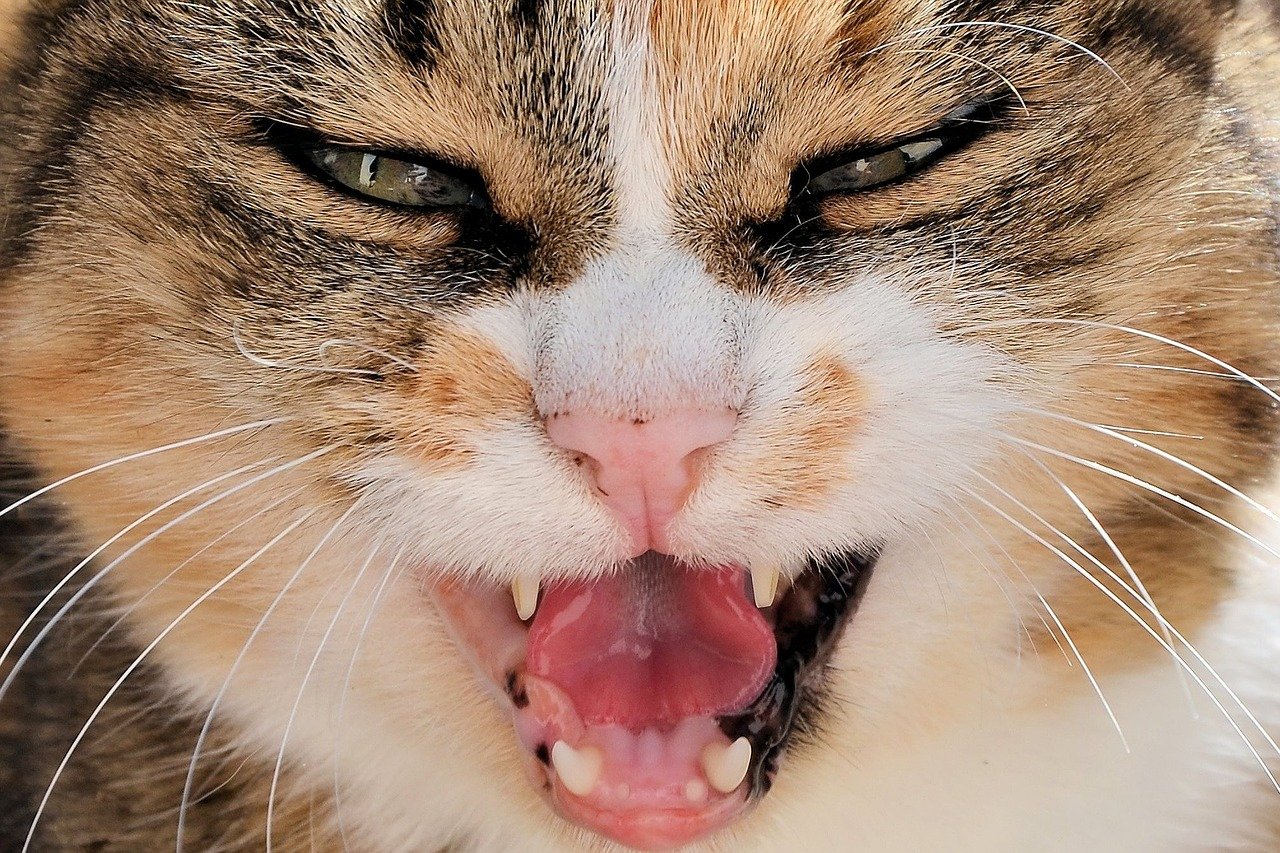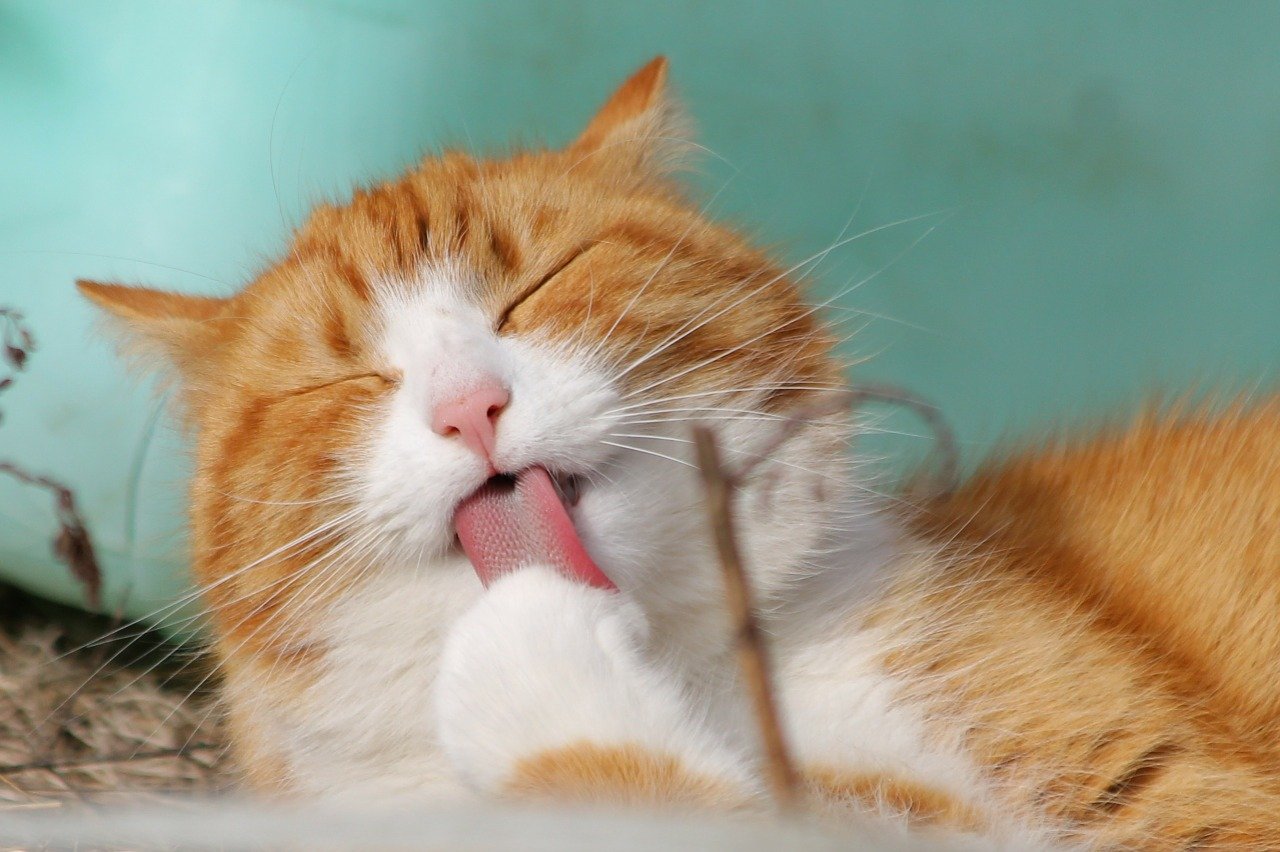If you’re a cat parent, then you already know your feline companion can be more than a little eccentric. Whether your cat occasionally drives you up the wall with 3 a. m. zoomies or their incessant chattering makes them a YouTube sensation, our frisky felines are full of personality. But there are some feline behaviors you may need to worry about. We’ll walk you through the most common behavioral problems in cats, tell you when you should be concerned, and offer a few helpful hints on how to solve the problems for good.

What are abnormal behaviors in cats?
According to Union Lake Veterinary Hospital & Pet Services, “While normal cat behavior varies from cat to cat, there are certain common abnormal behaviors. These may stem from fears, anxieties, and obsessive-compulsive behavior, or they may indicate a physical problem.”
Some abnormal behaviors in cats may include:
- hiding
- changes in sleep patterns
- sudden aggression
- changes in eating habits
- excessive grooming
- litter box issues
While certain behavioral issues are due to anxiety, depression, or other mental health causes, others may stem from physical ailments. If your cat cries while using the litter box, it could be a sign that they’re in physical pain, so you should take your kitty to the vet as soon as possible.

What are the three most common behavior problems in cats?
The three most common behavioral problems in cats are aggression, house soiling, and scratching. Here’s what you can do for each issue.
Scratching
Proper socialization and play are essential when it comes to preventing aggressive behaviors like scratching and biting. Don’t swat at your cat with your hands or nudge them with your feet, as this teaches your cat that hands and feet are toys they can pounce on and bite. Make sure to keep your cat’s claws trimmed; consider using cat nail caps, or provide them with scratching posts to prevent them from clawing up the furniture—or your hands.
Aggression
Whether your cat is playfully aggressive or showing signs of fearful aggression, learning to read their body language can help you stop this behavior in its tracks. Remove yourself from the situation if your cat plays rough and offer them a toy to distract them from pouncing on you. If your cat appears frightened, resist the urge to follow. Give your cat plenty of room and make sure they have a cat tower or other safe space they can retreat to until they calm down. Contact your vet if your cat’s aggressive behavior gets out of control. They can recommend medications or refer you to a cat behaviorist.
House soiling
While many cats exclusively use their litter box, some cats may urinate and defecate on the floor, in the sink, or even on your pillow. Make sure to keep the litter box clean by scooping it daily and fully replacing the litter every two weeks. If you have more than one cat, please ensure they each have their own litter box to prevent territorial soiling. Having your cat spayed or neutered can also help curb this disgusting behavior. If your formerly litter box-trained cat suddenly starts going outside their box, it’s a good idea to take them to the vet to make sure your cat doesn’t have a urinary tract infection.

When should I be concerned about my cat’s behavior?
Any sudden changes in your cat’s appearance or behavior should be taken seriously, especially if your cat’s behavior affects their quality of life. Fearful behaviors like aggression, urinating outside the litter box, and hiding could indicate a mental disorder like anxiety, but they could also be symptoms of a physical illness that requires veterinary intervention. Don’t wait until additional problems develop. The sooner your cat receives treatment for their behavioral or physical issues, the better chance they have of bouncing back to normal. When in doubt, always consult your vet regarding your cat’s health.



